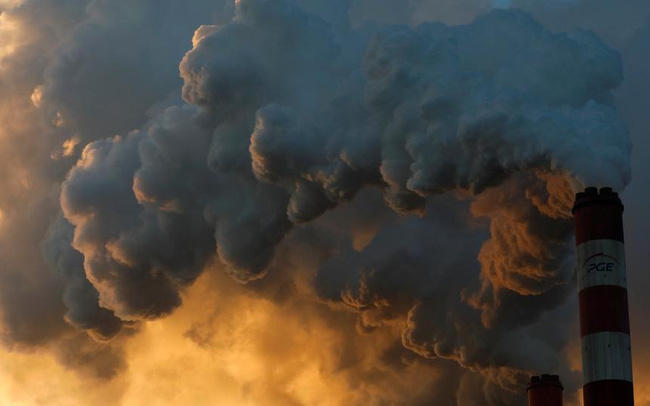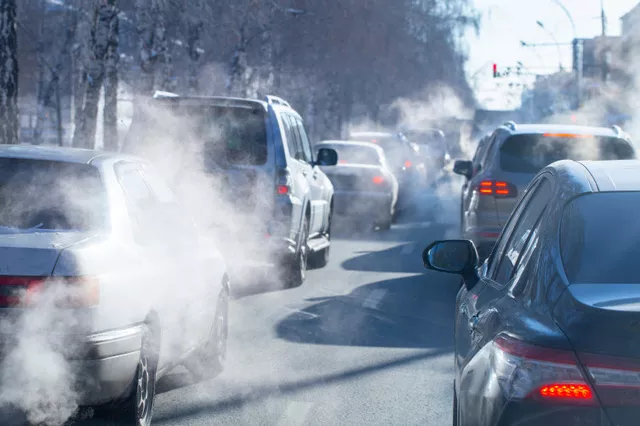The above 238,000 figure increased slightly from a year earlier. The average rate of premature death from air pollution in the EU countries in 2020 is 45% lower than in 2005. At the same time, the European Environmental Monitoring Agency notes that "if this rate of reduction is maintained, The EU will achieve its zero pollution action plan target by 2030.
For all 27 EU countries in 2020, "exposure to fine dust concentrations above the World Health Organization recommendations for 2021 has resulted in 238,000 premature deaths", the European Environment Agency said. Europe said in a new report.
This is higher than the level recorded in 2019 in the EU, despite the reduction in emissions due to restrictive measures due to COVID-19.
Fine particulate matter, or PM2.5, is the term for fine dust particles that are often a by-product of automobile exhaust or coal-fired power plant operations.
The microscopic size of fine dust allows them to penetrate deep into the respiratory tract, exacerbating the risk of bronchitis, asthma and lung disease.


Also in 2020, exposure to nitrogen dioxide (NO2) above the WHO-recommended threshold resulted in 49,000 premature deaths in the EU, according to the representative of the European Economic Area (EEA).
Meanwhile, acute exposure to ozone (O3) resulted in 24,000 premature deaths.
"When comparing 2020 with 2019, the number of premature deaths from air pollution increased for PM2.5 but decreased for NO2 and O3," the agency said. "During the COVID-19 pandemic, the concentration of fine dust PM 2.5 has decreased".
The COVID-19 pandemic has resulted in the death of some people already living with air pollution-related illnesses.
The EU expects a 55% reduction in the number of premature deaths related to fine dust pollution by 2030 compared with 2005 levels.
According to WHO, air pollution causes 7 million premature deaths each year worldwide, on par with smoking or poor diet.